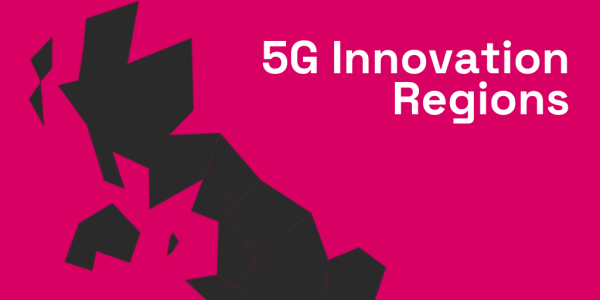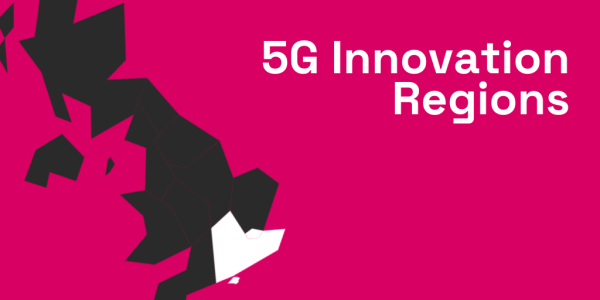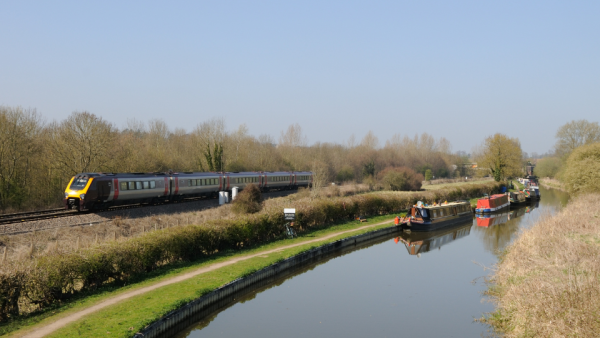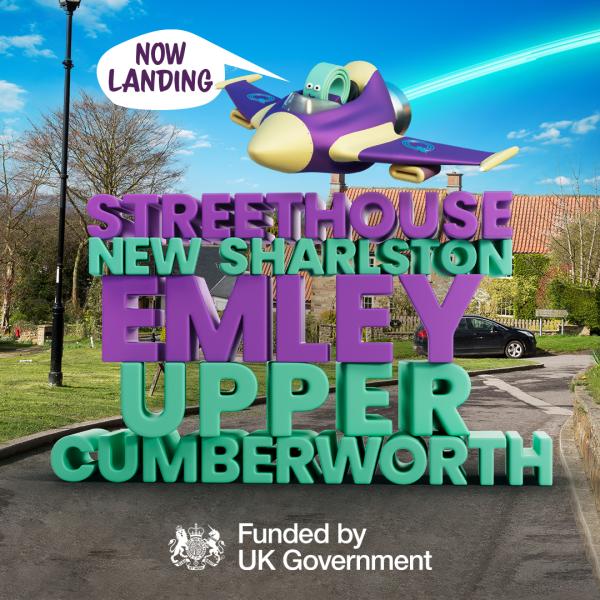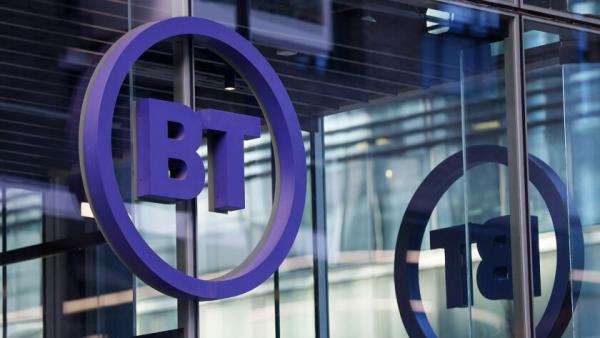The next evolution of 5G, future telecoms and a national mission to connect all communities

- Investment package worth almost £150 million unveiled, with up to £100 million to put the UK at the forefront of future research, and £40m to boost 5G tech take-up
- Ambition to deliver standalone 5G to all populated areas by 2030 to support the next generation of innovation
- Additional £8m to connect remote homes and businesses with a pioneering satellite connectivity programme ensuring no community is left behind
- New Wireless Infrastructure Strategy will deliver on the Prime Minister’s priority to grow the economy
New plans and investment to boost digital connectivity and put the UK at the forefront of future telecoms technologies have been unveiled by Technology Secretary Michelle Donelan today (Tuesday 11 April) – unlocking growth, innovation and potential across the country.
As part of the new Wireless Infrastructure Strategy, the Government has set out its ambitions to blanket the country with the fastest, most reliable wireless coverage available – with an ambition for all populated areas to be covered by ‘standalone’ 5G (what some companies call 5G-plus) by 2030. 77% of the population already has access to basic 5G from one provider.
This next iteration of 5G coverage across the country will unlock new technologies that will change our lives and the way businesses operate, at a time when the connectivity we depend on is significantly evolving and is woven further into the lives of us all. From driverless vehicles, robots and drones on the factory floor to making our cities smarter, cleaner, and less congested; innovation is set to be supercharged.
Today’s announcement also commits £8m to delivering high-speed broadband for up to 35,000 of the UK’s most remote properties. Under the new scheme, homes and businesses in the most remote areas that are unable to be connected to gigabit-capable broadband will be given funding to link them up to satellites orbiting the globe, giving them a broadband connection that will be up to ten times faster than what is currently available to them.
Additionally, a £40 million 5G innovation fund will promote investment and adoption of 5G by businesses and public services, helping them unlock opportunities to use advanced wireless connectivity, generating value, innovation and growth at a local level.
To help the mass adoption of 5G across the country, the strategy sets out a clear pro-investment framework for mobile network operators by driving down deployment costs and improving demand. The Government has also reconfirmed that there is no ‘magic number’ of mobile operators, whilst noting all decisions on consolidation are for the Competition and Markets Authority.
The UK is due to hit 75% gigabit broadband coverage this month, up from just 6% in 2019, and is on track to deliver 99% by 2030.
Technology Secretary Michelle Donelan said:
- Our Wireless Infrastructure Strategy sets out our plan to ensure everyone, no matter where they live, can reap the benefits of improved connectivity. We are doing this by ensuring all populated areas in the UK will be served by what I call ‘5G-plus’ technology by 2030. We are also committing £8m to provide satellite connectivity for our most remote communities so that no one is left behind.
- We are also supporting long term economic growth in the UK with a £40m fund to encourage innovative 5G investment across the private and public sector. This will help industries transform at a time when the ways we communicate, work and do business are on the precipice of significant evolution.
- This package of measures turbocharges our progress towards becoming a science and tech superpower with a substantial initial investment in the future of telecoms. We want to ensure that 6G is developed to meet the needs of people and businesses right across the UK and bolster our international competitiveness throughout the economy.
Future Telecoms Mission
The government has also announced a new long-term national mission to ensure that the UK is at the forefront of both adopting and developing 6G, the future of digital connectivity. As part of a fully-fledged 6G strategy, the government will ensure that the next generation of mobile connectivity meets the needs of people and businesses across the UK.
The government has committed up to £100 million of funding initially to shape and drive early-stage research into 6G and influence global standards-setting. The UK will work closely with allies to deliver this mission - ensuring we are influential in shaping the global landscape, embedding our values into future telecoms technology, and protecting our security interests. This will support the UK’s drive to become a science superpower, as set out in the Science and Technology framework.
Accelerating broadband rollout
We are putting in place new plans to speed up the deployment of faster internet connectivity through work with the local authorities and the telecoms industry to further trial the use of flexible permits for roadworks to install fibre in a number of areas.
Spectrum Statement
Spectrum is the invisible electromagnetic waves that enables all wireless technology, from our mobile phones, Wi-Fi and Bluetooth devices to aircraft navigation and satellite applications, amongst many other uses. The devices and services that depend on spectrum now underpin almost every aspect of our economic and social lives.
As spectrum becomes more critical to UK strategic priorities - from communications and broadcasting to space and defence - we have also set out the government’s priorities in a new Spectrum Statement.
This will mean better connectivity for people across the UK and better access to spectrum to support new enterprise applications that will drive the economic growth, productivity and improved public services of tomorrow.
DSIT have published a Spectrum Statement alongside the Wireless Infrastructure Strategy.
The overall ambition is to maximise access to radio frequency spectrum and thus the social and economic value from it to the UK.


